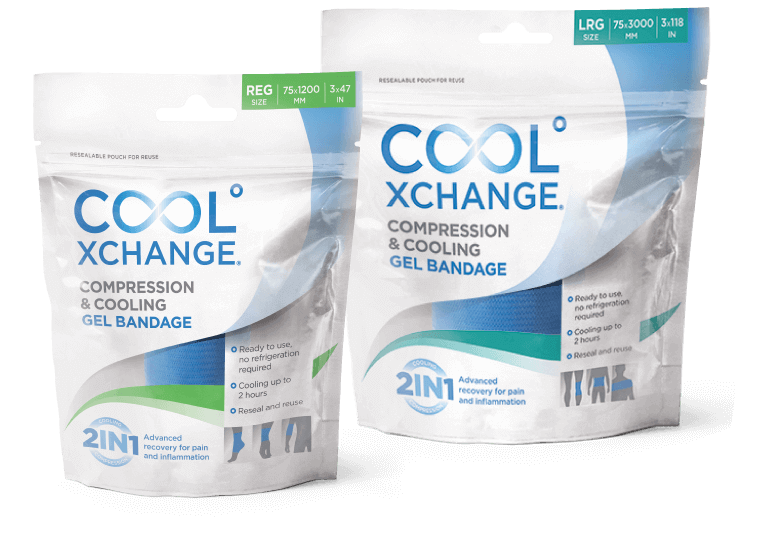Ever wondered if you should ice your back injury or apply a heat pack? Or whether you should take a hot bath or apply a cold compress after strenuous activity? Hot and cold therapy are two common techniques utilised to treat injuries. Learn more about each technique and when to use hot and cold therapy below.
Cold therapy
What is cold therapy?
Applying ice or a cold compress slows down blood flow to an injured area thereby reducing swelling or inflammation. Cold therapy slows circulations and is effective in reducing muscle pain and spasms.
When to use cold therapy
Cold therapy is most effective when used within 72 hours post injury. It should be used if the area is inflamed or swollen.
How to apply cold therapy
There are many methods that can be used to apply cold therapy. Athletes utilise cold therapy in the form of ice baths after strenuous activity to promote recovery. Most commonly, cold therapy is applied using an ice pack, gel pack or cold compress. It is always best to consult the product you choose for recommended usage guidelines.
The CoolXChange gel compression bandage aims to provide low level cooling and compression in line with the R.I.C.E methodology principles. The bandage conforms to the body unlike conventional ice packs, making it suitable for longer applications than an ice pack.

Heat therapy
What is heat therapy?
Thermotherapy increases circulation to an injured area which means more oxygen and other vital nutrients are sent to the damaged tissue. Heat penetrates deep tissue, warming the muscle and also assists in stretching soft tissue and relaxing sore muscles.
When to use heat therapy
Heat therapy is suitable to use on injuries which are more than 72 hours old. It should not be used if the area is inflamed or swollen.
How to apply heat therapy
Hot water bottles, heat packs and thermo supports are all examples of ways to apply the principles of thermotherapy. For example, Thermoskin have a range of thermal supports which assist in the treatment of soft tissue injuries and arthritic conditions. It is always best to consult the product you choose for recommended usage guidelines.


Recent Comments